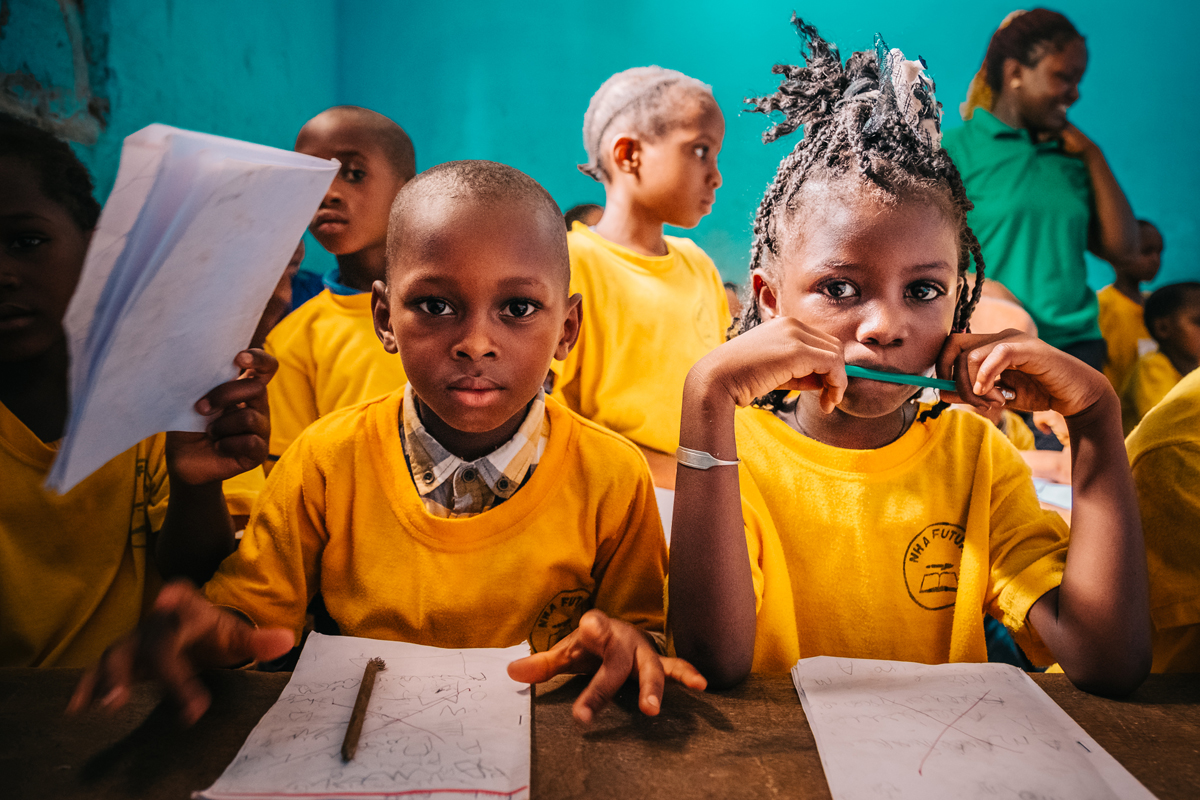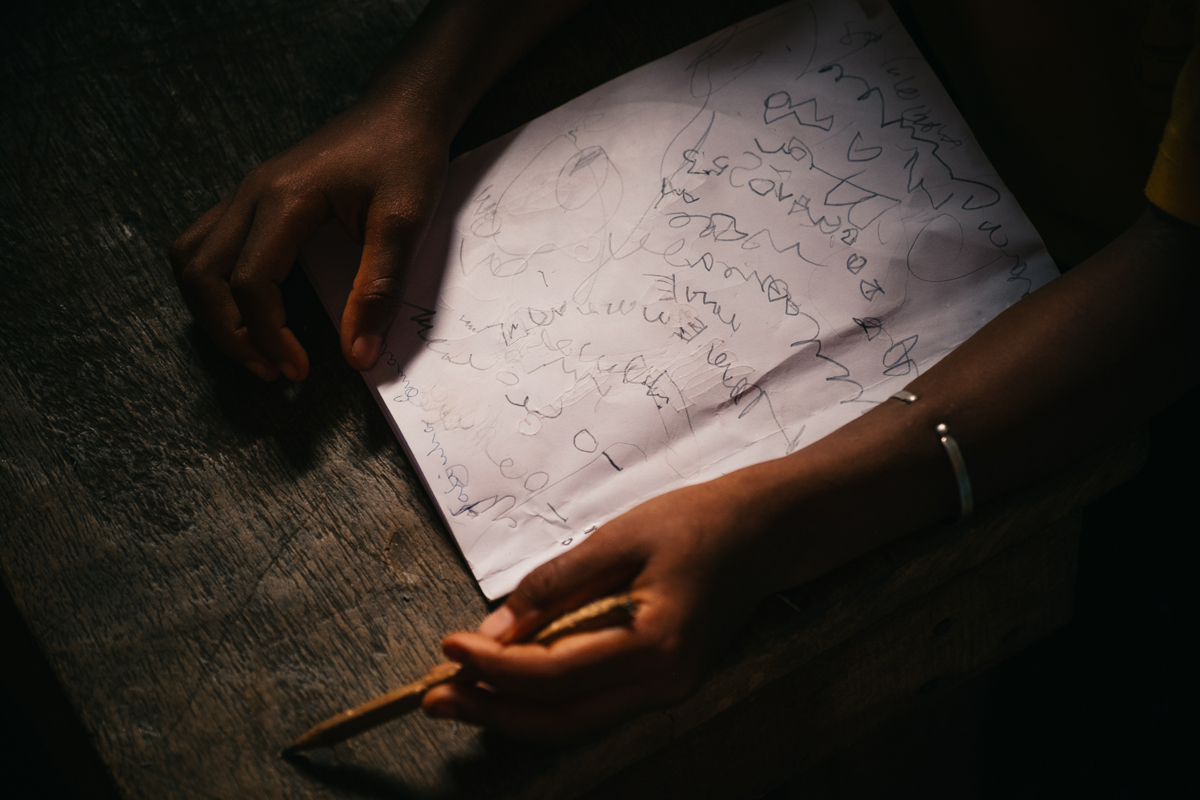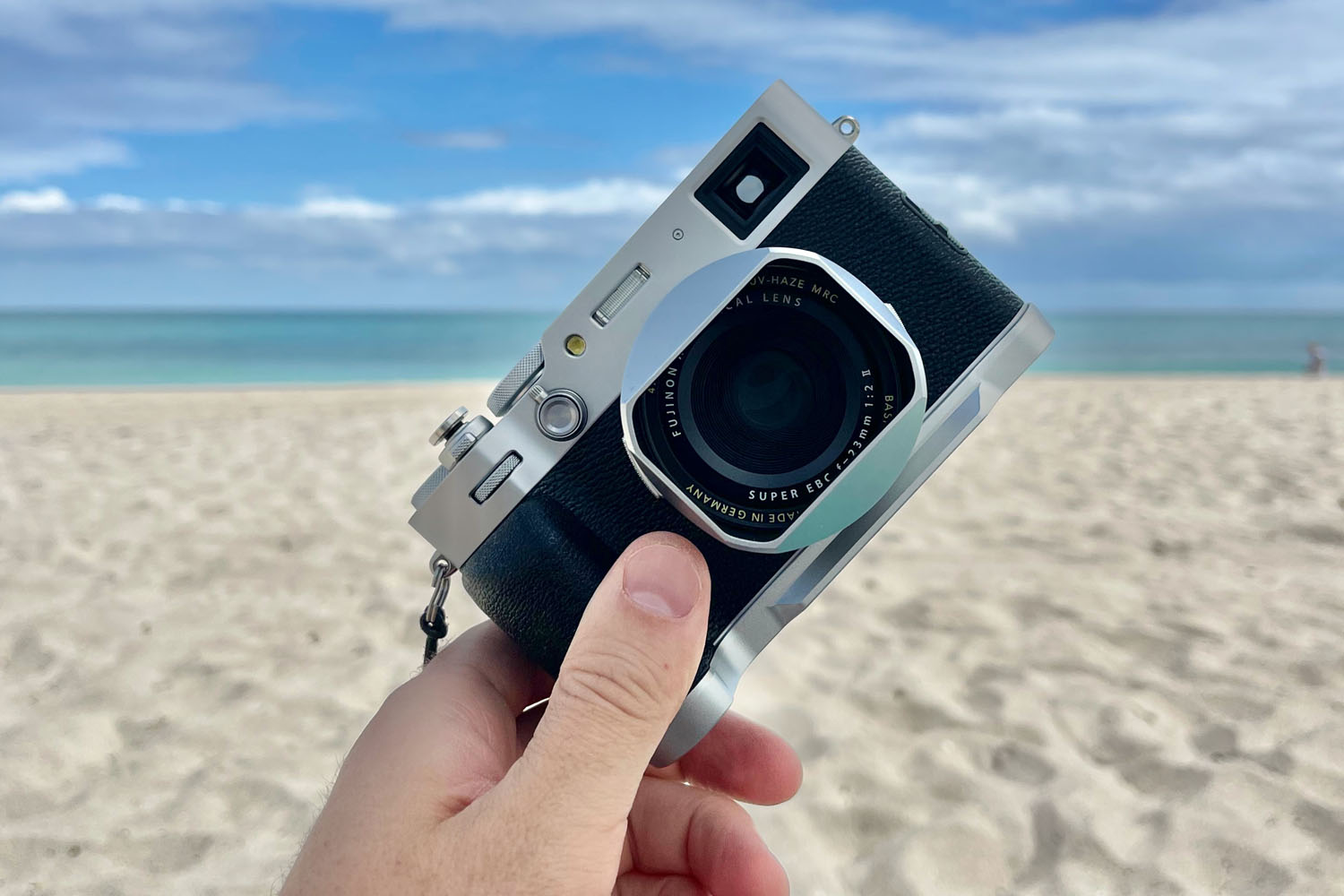Using Photography to Make Social Impact Visible
This article was originally published on the 2nd edition Fuji X Passion virtual magazine, among many other interesting articles that you can find HERE
At first my natural curiosity led me to try all kinds of photography but later I became more focused on documentary photography and street photography, maybe because of my professional interest in social issues, people and their behaviors and society as whole.
For more than twenty years now, I’m very active in the social intervention area as a whole and in specific sub-areas like social entrepreneurship and social innovation issues. I’m an experienced consultant and educator/trainer, working regularly with prestigious organisations such as the Calouste Gulbenkian Foundation, the European Commission, the Portuguese High Commission for Migrations (ACM), the European Anti-Poverty Network or the Portuguese Committee for UNICEF, among others.


The desire to bring my professional experience and sensitivity for social themes together with my passion for photography led to the creation of the Humane Focus project.
The Humane Focus Project (www.humanefocus.com)
Humane Focus is a humanitarian photography project with a Visual Storytelling approach that uses photography and/or video to create visual narratives about social intervention programmes and how they transform and impact the lives of the communities that they work with.
Humane Focus understands that photography and visual content have an important role to play in communications for NGO’s, foundations, programmes, public and private institu- tions and their projects. I felt that, especially in my country, the social sector has been late to professionalise and to recognise the potential that visual content has for its work. With this project I aim to further develop this field for those who work to drive social innovation and impact anywhere in the world.



Using Visual Storytelling for Social Impact, with Humane Focus I aim to create visual narratives about social impact and transformation. I’m confident that decades of experience working with a wide variety of publics, in diverse social change contexts, combined with passion and dedication to photography will enable the best stories to be told.
The Humane Focus approach combines a professional understanding about the realities and contexts of social intervention with the photographer’s eye. I believe that my experience in this area and sensibility for social issues will lead to better social change and social impact stories with the capacity to touch others.



I want organisations to realise how powerful visual narratives are as privileged vehicles to tell stories about the good taking place within the social intervention sector both in Portugal and internationally.
I want to make social change and social impact visible!
Why Fuji?
In 2010 I ditched all my Canon gear and bought a Leica M9 for digital and continued to work with a Leica M6 with film. This move was taken as I felt that my very good but heavy DSLR gear was not helping me progress in my photography. At the time I shot mainly street and felt that the M9 was a better camera for what I was doing than my Canon stuff.
The problem with this move was that for certain things I missed some of the possibilities “modern gear” gives the photographer and, even if I really enjoyed my M9 I felt that I needed to add a new and more “modern” system to my photographic gear “arsenal”.


When I saw the first Fuji X, the X100, I really liked that it gave me the look and form factor I liked (a more “rangefinder look) and the image quality was just great. But even if I really liked the X100 I’ve decided at the time that I would wait for the system’s evolution. My first Fuji ended up being the X-E1 and I just loved the camera and the results I got.
After using Leica lenses for so long I was also really impressed with the great quality of the Fujinon XF lenses and the best testimony to my love for the X lenses is that my M lenses adaptors are used very sparsely.
After the X-E1 I was hooked! I’ve bought the X100s and after that the X100T…bought the X-T1 (wow! what a camera!) and at the launch day I bought the magnificent X-Pro2.
At this time I use the X100T, X-T1 and X-Pro2 for all my personal and Humane Focus projects and I’m completely satisfied with the user experience and results these great little cameras give me.


In the lens department I’m mainly a prime lenses photographer and have the 14mm, 16mm, 23mm, 35 (both f1.4 and f2), 56mm and 90mm. I also have some zooms that I end up using as they are really good, the 10-24mm, the 16-55 and the fantastic 50-140mm.
All the photos in this article were taken in Guinea-Bissau when I was evaluating an education programme. The cameras used were the X-T1 and the X-Pro2 and both performed flawlessly even with the high temperatures, sand and dust that was everywhere.
For this kind of work I feel that the small form factor, the fact that both cameras are really silent and I can carry the Fuji gear all day and still have zero back pain. The camera size is also great as it doesn’t cover my all face and I can still interact with the kids (in this case).

It was also very useful that both cameras perform well at high ISOs, as a lot of times I was photographing in places with low light, and that both are able to focus accurately even at great apertures like f1.4.
I also felt, as this was my first trip with the X-Pro2, that this new camera resolves some of the small issues I had with my X-T1, like the end of the buffer capacity related “blackouts”, the buffer in the X-Pro2 is amazing.

If I had to point out a thing that I wished it was better in my Fuji X experience is something that is not, directly, a Fujifilm issue, and that is the Lightroom and Photoshop support to Fuji’s raw files. It’s getting better but for me it’s not there yet.
To sum it up…the FujiX system gives me modern cameras with the form factor and kind of “analog” design that I love with lenses that are amazing combining both to create the results with the quality standards that I want.

“My name is Paulo Teixeira, I’m a 46 years old Sociologist and Consultancy Company owner from Lisbon (Portugal). From a very young age I was interested in photography as an art form and after my mother gave me my first camera taking photos became a passion and my way to show to others the world around me as I saw it.”






Richard Simko
November 18, 2016 @ 11:17 pm
Beautiful photographs mate.
pjbvst
November 20, 2016 @ 10:50 am
Thank you Richard!